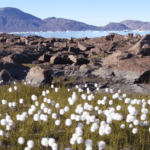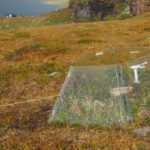At the end of last year, world leaders met in Glasgow, UK, for the 26th Conference of the Parties (COP26) to discuss action on the Paris Agreement and the United Nations Framework Convention on Climate Change. COP26 explored how countries could deliver more ambitious pledges and make stronger commitments to dramatically reduce emissions to limit climate change.
While the meeting did produce an agreement, many were disappointed that the meeting failed to directly provide support and resources to vulnerable countries that are facing some of the worst impacts of climate change. The message is clear that action in this decade is crucial.
The very first key point in the draft COP26 document “recognizes the importance of the best available science for effective climate action and policymaking”, and stresses the urgency of increased ambition and action by all nations to reduce emissions and global warming. It is clear that science is at the core of what is required to improve the understanding of climate change drivers, its impacts, and potential solutions.
At Canadian Science Publishing (CSP), we have been reflecting on the outcomes of COP26 and this has inspired us to think about ways that we can drive positive social change.
 A natural first step was for CSP to become a signatory of the United Nations Sustainable Development Goals (SDGs) Publishers Compact. This means that CSP has made a commitment to developing sustainable practices and to act as champions of the SDGs during the Decade of Action (2020-2030).
A natural first step was for CSP to become a signatory of the United Nations Sustainable Development Goals (SDGs) Publishers Compact. This means that CSP has made a commitment to developing sustainable practices and to act as champions of the SDGs during the Decade of Action (2020-2030).
The 17 SDGs cover a broad range of global challenges including gender equality, zero hunger, reduced inequalities, no poverty, and quality education. We will focus on publishing content that will help inform, develop, and inspire action to achieve the SDGs by 2030.
In addition to our broad commitment to all 17 goals, our main focus in 2022 will be Goal 13: Climate Action, Goal 14: Life Below Water, and Goal 15: Life on Land. CSP is already at the forefront of these SDGs through its publications in environmental sciences, life sciences, and engineering.


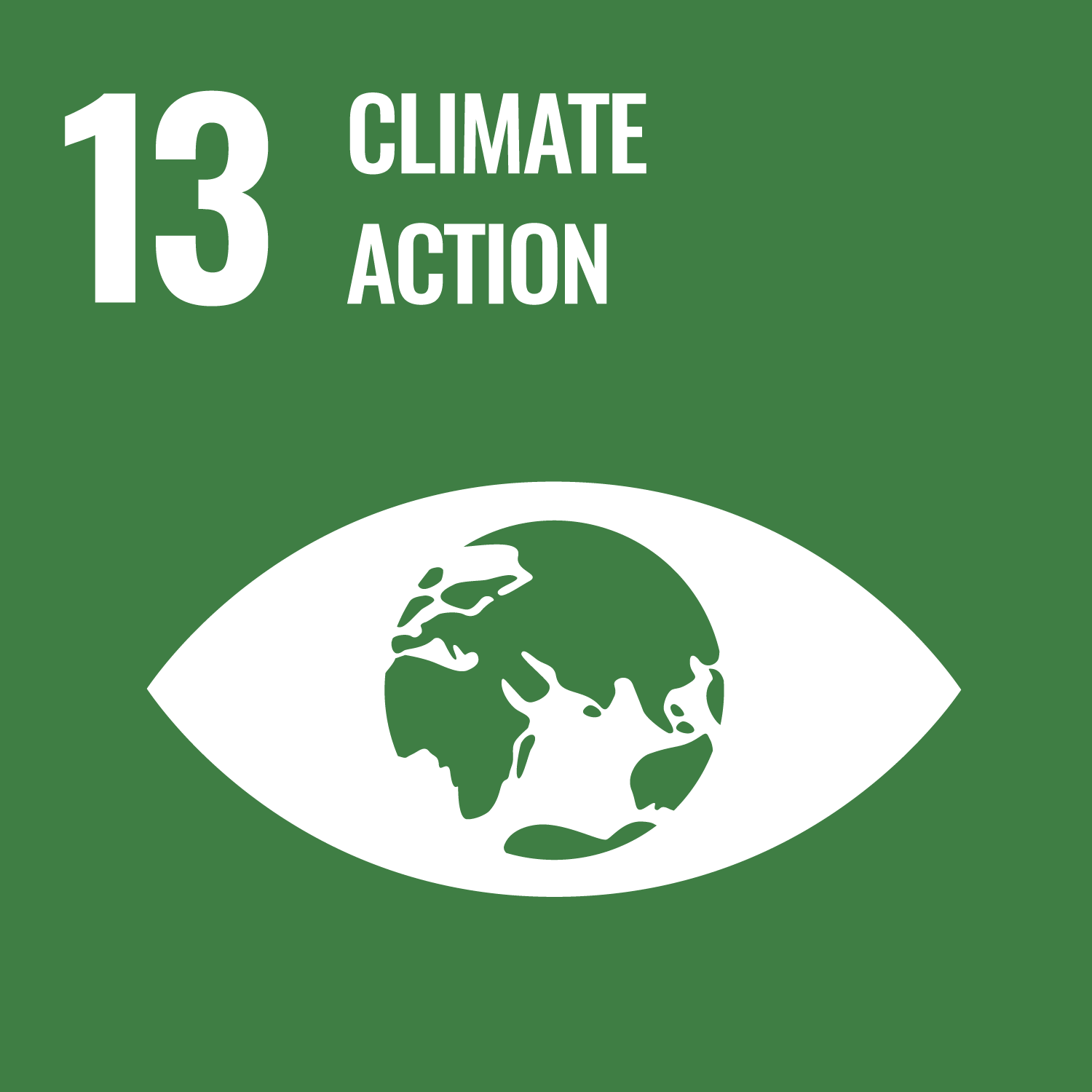
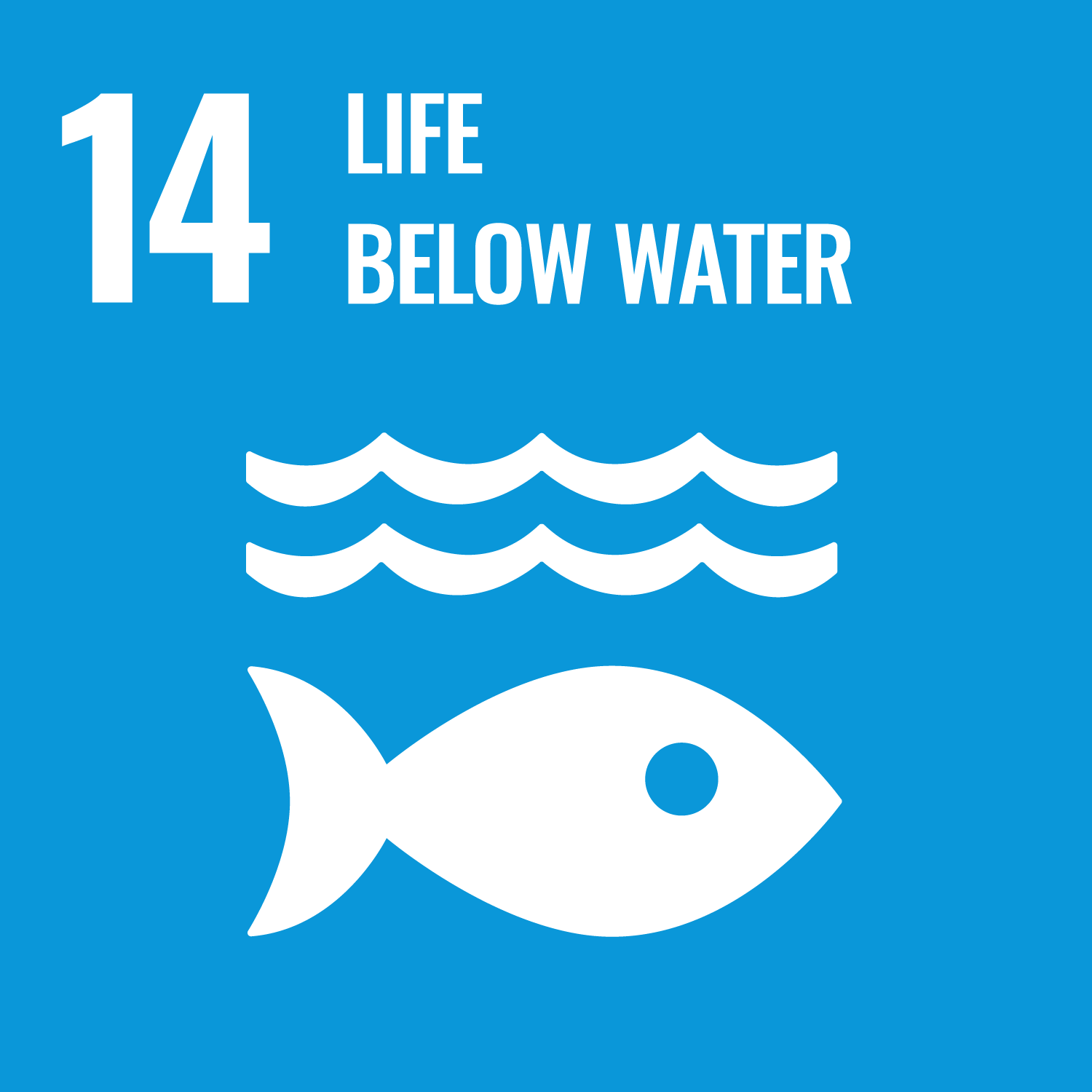


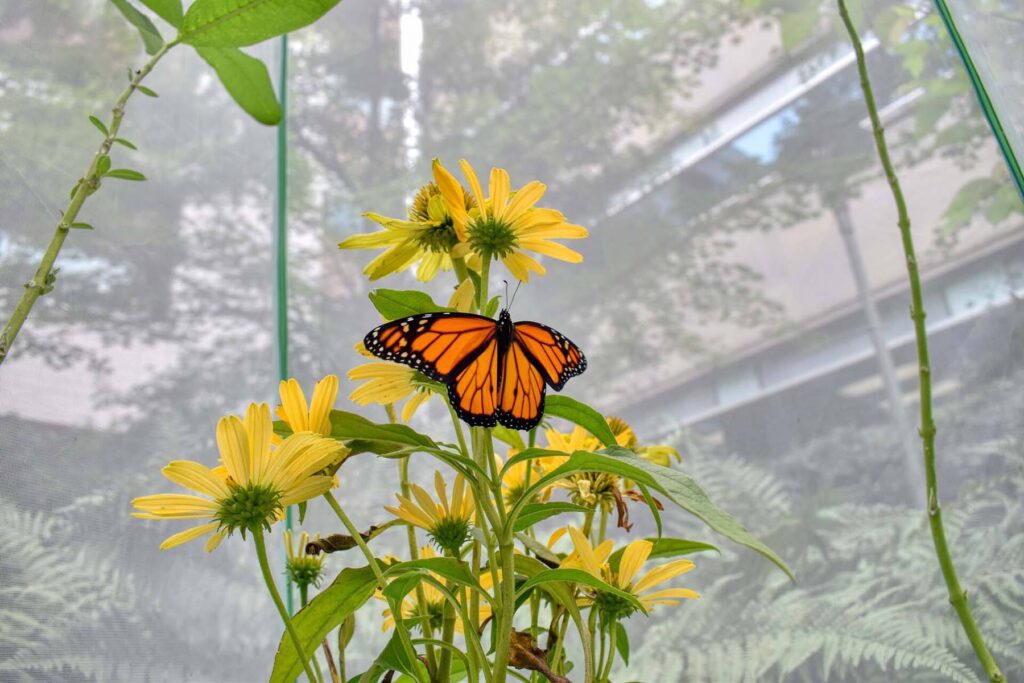
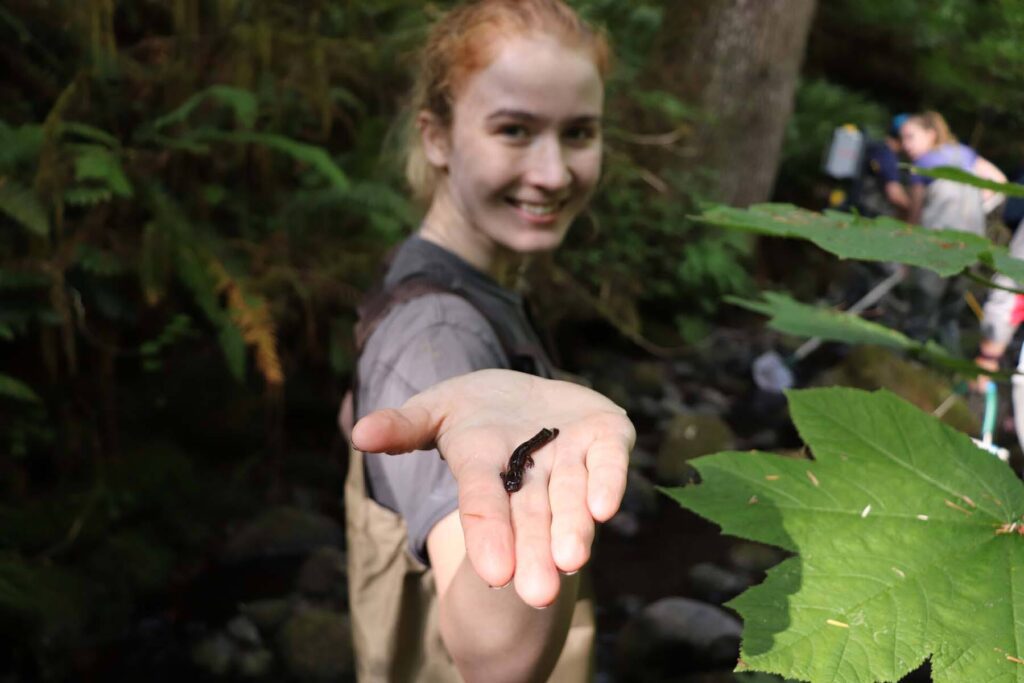
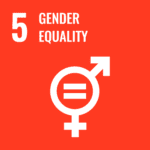 As a not-for-profit, mission-driven organization, CSP is taking action to build a more equitable, diverse, and inclusive culture both within the company and within its journal communities. In 2020, CSP partnered with the
As a not-for-profit, mission-driven organization, CSP is taking action to build a more equitable, diverse, and inclusive culture both within the company and within its journal communities. In 2020, CSP partnered with the 
